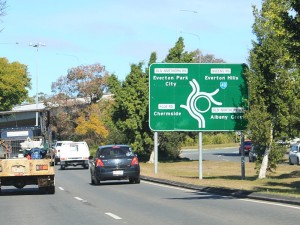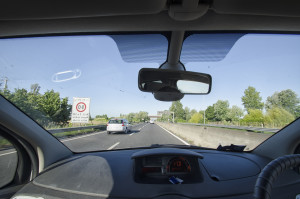Confusion for Experienced and Beginner Drivers
There is much confusion amongst all drivers, both experienced and beginner, on how to handle right turns at traffic lights. However, it is one of the most critical driving skills to master for a young driver, as the consequences of an incorrect decision can be catastrophic.
Most drivers are familiar with the simple rules, if the right turning arrow is red, you don’t go; if the arrow is green, you can proceed (with caution!). However, many of our learners get it wrong when there is no arrow at all. Unfortunately, a good percentage see the light they are facing turn green and begin their turn into the path of oncoming traffic (thank heavens for the dual control pedals!).
Where Should You Wait?
Experienced drivers know that the correct thing to do is to wait for a safe gap in the oncoming traffic before making a right hand turn. What is less well known is where you should wait for that safe gap to appear. The correct place to wait for the safe gap in oncoming traffic is forward of the stop line in the intersection. This way, if the oncoming traffic continues until the light turns yellow (or even red), the turn may be completed on the yellow or red light. To be in the “intersection” the car must be far enough forward to be in line with traffic that would be approaching from your right.
Steering Straight Ahead
It is important to note that it is only allowable to do this when conditions are safe and only the first vehicle should move forward into the intersection. Also, it is important to remember as you move forward that you should keep your steering straight ahead. If your steering is turned to the right and the car behind bumps into you, you will be shunted into the path of the oncoming traffic.
The ability to turn right at a traffic light which has no right arrow correctly is one of the most important skills we believe a learner driver needs to have prior to sitting their licence test and we make sure that every one of our customers can perform such a turn safely.
If you’d like to know more about this blog or any aspect of our training, contact us for further information.


 Changing lanes in traffic is recognised as one of the most risky manoeuvres we perform when driving.
Changing lanes in traffic is recognised as one of the most risky manoeuvres we perform when driving.